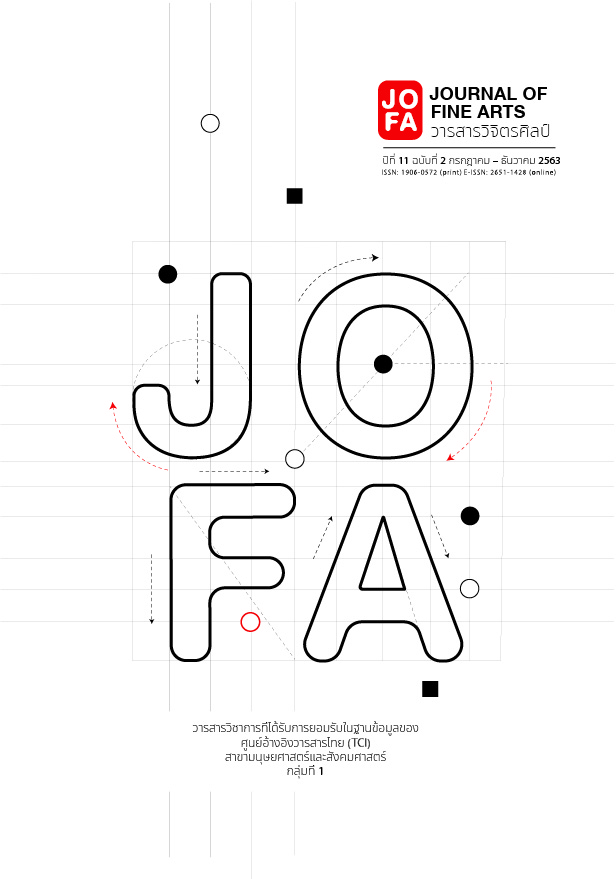The Development of Cultural Artifact Ontology for Information Access and Retrieval
Main Article Content
Abstract
This research presents the meaningful relationship of Lanna history, study through the cultural artifact content of the National Museum, to increase the value of Lanna history data to knowledge for study. The principle of ontology was used to design and create historical meaningful. The results of ontology evaluation are as follows: 1) the ontology that are designed can be used with the semantic search of cultural artifacts that are in line with Lanna historical knowledge. 2) Based on the evaluation of overall search efficiency from experts, it was found that the average value was 4.50, the system was developed to respond to the use of experts as well. When considering the items that are significant from the topics that are very good at the average 5, such as “Search results of information resources are in accordance with the requirements” from the evaluation of the search results show that the search of information based on ontology.
The design that makes it very responsive to the search needs Therefore; from the research results, this research is beneficial to the museum, there are tools for knowledge management. Increasing the value of existing information to be knowledgeable, beneficial to education and sustainable social development
Article Details
References
Būrana rat, M. “Ontology Application Management”. National Electronics and Computer Technology Center. Accessed February 7, 2019. http://lst.nectec.or.th/oam/index.php.
Chanhom, W. “Phiphitthaphan Rai Kamphǣng”. [Museum without walls]. Research report, Faculty of Fine Arts, Chiang Mai University, 2015.
Čharœ̄n Phot, S. “Khwāmrū Thūapai Kīeokap Phiphitthaphan Khūmư̄ Phiphitthaphan Thō̜ngthin”. [General knowledge about the museum local museum guide]. Bangkok: Graphic format, 2007.
Čhan tha dēt, A. “Kānphatthanā ʻŌ̜n Thōlōyī Nithān Phư̄nbān ʻĪsān Phư̄a Kān Sư̄pkhon Læ Khaothưng”. [The Development of Isan Folktale Ontology for Information Access and Retrieval]. Journal of Srinakharinwirot Research and Development , 10, no. 20 (2018): 191 - 206.
Thip Sēnā, R. “Kānphatthanā Thān Khwāmrū ʻŌ̜nthōlōyī Samrap Phāchana Din Phao Lǣng Bōrānnakhadī Bān Chīang Čhangwat ʻUdō̜n Thānī”. [Development of an ontological knowledge base for pottery at Ban Chiang Archaeological Site Udon Thani Province]. TLA Research Journal, 11, no. 1 (2018): 16 - 32.
Thongchai, U. “Khrōngkān Lān Nāk Dī Sưksā”. [Lanna Study Project]. Chiang Mai University, 2014.
Kozaki, K. “Hozo - Ontology Editor”. Accessed January 27, 2019. http://www.hozo.jp.
Larue, F. “From the Digitization of Cultural Artifacts to the Web Publishing of Digital 3D Collections: an Automatic Pipeline for Knowledge Sharing”. Journal of multimedia: Issue.7, no. 2 (2012): 132 - 139.
Natalya, F. Noy and Deborah L. “McGuinness. A Guide to Creating Your First Ontology”. Stanford, CA, 94305: Stanford University, 2012
Corazzon, R. “Definitions of Ontology”. Accessed January 28, 2019. https://www.ontology.co/ontology-definitions-one.htm.


